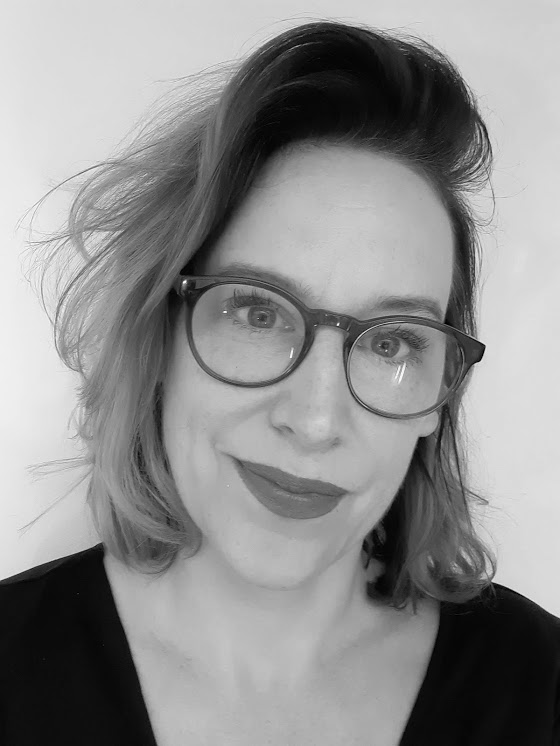The evening’s talk is to be given by Dr Carolin Villforth of the University of Bath and is entitled “Supermassive black holes: how to feed them and what happens when you do“.
It’ll take place at 7:30pm on Wednesday 31st January at the Herschel Museum of Astronomy. The talk is for members and anyone wishing to visit (£5 charge – drop us an email to let us know you’re coming).
Supermassive black holes are present in the centres of practically all massive galaxies. Through most of their lives they have little impact on their surrounding galaxies. In rare cases, however, gas accretes onto the black hole, turning it into a so called active galactic nucleus. These objects can outshine entire galaxies. I will explain how gas is driven onto supermassive black holes to make them active and how an accreting black hole can impact its host galaxy.
Dr Carolin Villforth is a senior lecturer in the Astrophysics group at University of Bath. Carolin completed her Diploma in Physics at University of Heidelberg in Germany. She obtained her PhD working on variability in accreting supermassive black hole systems from Turku University (Finland). Before moving to Bath, she held research positions at the Nordic Optical Telescope on La Palma (Spain), the Space Telescope Science Institute in Baltimore (USA), University of Florida and University of St Andrews. Carolin is an observational astrophysicists, she studies the connection between supermassive black holes and galaxy evolution using imaging and spectroscopy from both groups and space based observatories.

